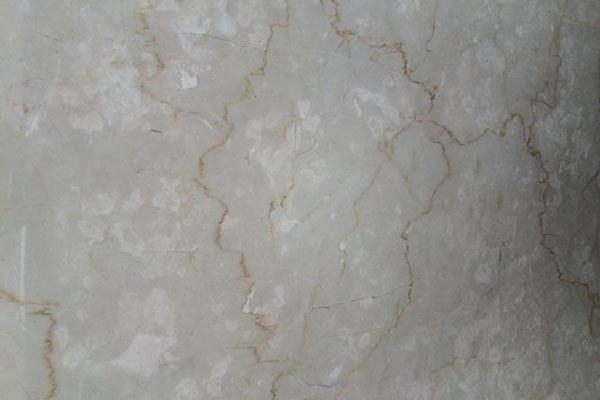Tandur stone is a type of natural stone that is commonly used for flooring, paving, and cladding. It is a sedimentary rock that is quarried in the Tandur region of India. Tandur stone has been used for centuries in the construction of temples, palaces, and other important structures. In recent years, it has gained popularity as a flooring material in homes and commercial buildings. In this post, we will discuss the advantages and disadvantages of Tandur stone.
Advantages of Tandur Stone
Durability
Tandur stone is a durable material that can withstand heavy foot traffic and wear and tear. It is resistant to scratches and dents and can last for decades with proper care and maintenance.
Aesthetic Appeal
Tandur stone has a unique and attractive appearance. It comes in a variety of shades of beige and grey, and its natural texture and patterns make it an ideal choice for flooring and paving.
Versatility
Tandur stone is a versatile material that can be used for a variety of applications, including indoor and outdoor flooring, paving, and cladding. It can also be cut and shaped to fit any design or style.
Low Maintenance
Tandur stone is a low-maintenance material that requires only periodic cleaning and sealing to maintain its appearance and durability. It is resistant to stains and spills and can be easily cleaned with a damp mop or cloth.
Cost-Effective
Tandur stone is an affordable material that offers a great value for its durability and aesthetic appeal. It is less expensive than other natural stones, such as granite and marble, making it a popular choice for homeowners and builders on a budget.
Disadvantages of Tandur Stone
Porosity
Tandur stone is a porous material that can absorb liquids and stains. This can make it difficult to clean and maintain, especially in high-traffic areas.
Color Variation
Tandur stone is a natural material, and as such, it can have color variations and inconsistencies. This can make it difficult to match pieces for a uniform appearance.
Susceptibility to Scratches and Stains
Tandur stone is not as hard as other natural stones, such as granite and marble, and is more susceptible to scratches and stains. This can be a concern in high-traffic areas or where heavy furniture is placed.
Slipperiness When Wet
Tandur stone can be slippery when wet, making it a safety concern in areas where water is present, such as bathrooms and outdoor patios.
Environmental Concerns
The process of quarrying and transporting Tandur stone can have environmental impacts, such as soil erosion and air and water pollution. It is important to choose a reputable supplier that follows sustainable practices.
Comparison of Tandur Stone to Other Natural Stones
Granite
Granite is a harder and more durable natural stone than Tandur stone. It is also more expensive and comes in a wider range of colors and patterns.
Marble
Marble is a more elegant and luxurious natural stone than Tandur stone. It is also more expensive and requires more maintenance to keep its appearance.
Sandstone
Sandstone is a more porous and less durable natural stone than Tandur stone. It is also less expensive and comes in a variety of colors and patterns.
Limestone
Limestone is a softer and more porous natural stone than Tandur stone. It is also less expensive and comes in a variety of colors and patterns, but it requires more maintenance to keep its appearance and prevent staining.
Best Uses for Tandur Stone
Tandur stone is a versatile material that can be used for a variety of applications, including:
Indoor Flooring
Tandur stone is a popular choice for indoor flooring, especially in high-traffic areas like hallways and entryways. It provides a natural, earthy look that complements a variety of interior styles.
Outdoor Flooring
Tandur stone is also a great option for outdoor flooring, such as patios, walkways, and pool decks. Its natural texture provides slip-resistance, and its durability makes it resistant to the elements.
Cladding and Facades
Tandur stone can be used to clad walls and facades, both indoors and outdoors. Its unique texture and patterns can add depth and character to any design.
Paving
Tandur stone can be used for paving driveways, walkways, and other outdoor areas. Its natural texture provides slip-resistance and its durability makes it resistant to heavy vehicles.
Maintenance and Care of Tandur Stone
To keep Tandur stone looking its best, it is important to follow these maintenance and care guidelines:
Cleaning
Clean Tandur stone regularly with a damp mop or cloth. Avoid using harsh chemicals or abrasive cleaners that can damage the stone.
Sealing
Seal Tandur stone periodically to prevent liquid absorption and staining. Use a penetrating sealer that will not alter the natural appearance of the stone.
Repairing
Repair any cracks or chips in Tandur stone as soon as possible to prevent further damage. Use a high-quality stone repair epoxy and follow the manufacturer’s instructions.
Conclusion
Tandur stone is a versatile and affordable natural stone that offers a unique and attractive appearance. While it has some disadvantages, such as its porosity and susceptibility to scratches and stains, it can be a great choice for a variety of applications, especially when cost is a factor. By following proper maintenance and care guidelines, Tandur stone can provide years of durability and beauty. When choosing Tandur stone, be sure to choose a reputable supplier that follows sustainable practices to minimize its environmental impact.
